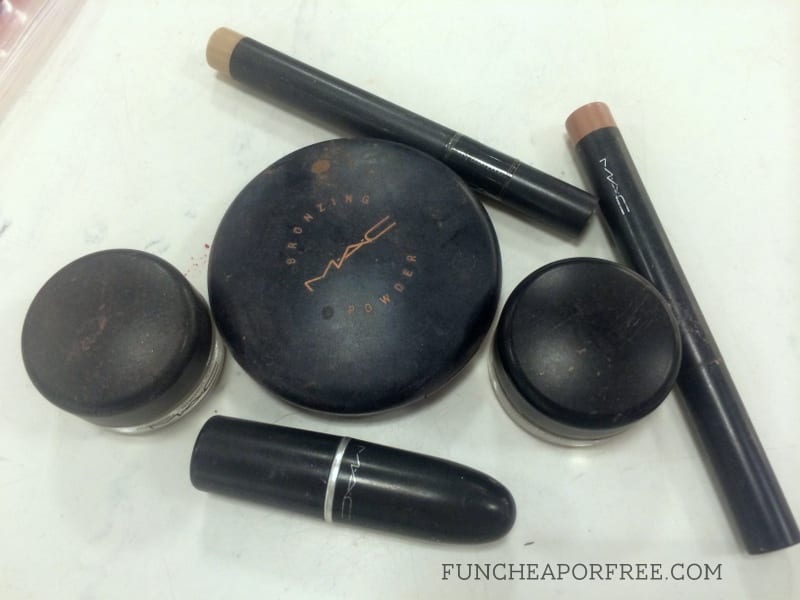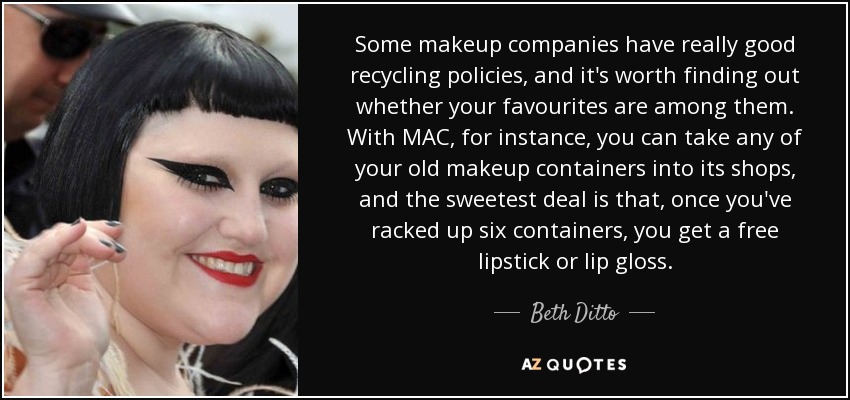

Flavor and fragrance/aroma/parfum ingredients mask the unsavory smell and taste that many lipstick formulas would otherwise have (who knew?), and in some cases, give lipstick a signature scent.Also called dyes, pigments, or color additives, colorants can come from a variety of sources-earth, animal, plant, and chemical. Colorants give lipsticks get their color.Waxes preserve moisture, give some shine, give thickness and shape to the product, unify the ingredients, and raise the melting point, so your lipstick is less likely to melt Thickeners like waxes and polymers also provide shape and stability to lipstick formulas.Matte lipsticks have more of these ingredients to achieve that less shiny and more opaque look. Common texturizers include talc, kaolin, plant starches, mica and silica. In lipsticks, they help thicken and stabilize the formula. Texturizers-typically really finely ground starches or powders from minerals or crystals-are found in most cosmetic products.As a bonus, some natural oils and butters have anti-microbial properties. Emollients moisturize and give lipstick “glide” and shine. Some are natural, and some are synthetic most lipstick brands use a combination of both. Oils, plant butters, and other emollients are the primary ingredients in lipstick.In the case of lipstick, here are the types of ingredients you’ll generally find: For me, these products strike the perfect balance between safety and performance and I’m a big fan of Beautycounter’s mission.īuy Now from Beautycounter What is Lipstick Made of?Ĭosmetic labels often make my eyes cross-they tend to be long and involve a lot of complicated and problematic ingredients. I use Beautycounter’s Lip Sheer and Lip Gloss. The information in this post is based on the most current ingredient lists we could find as of early 2017.


Note: Products like lipstick are constantly being re-formulated. Read on to learn more about what’s in lipstick (including my take on tricky stuff like colorants and lead), why safe lipstick matters, and our brand-by- brand guide to Good Stuff, Okay Stuff, Sneaky Stuff and Bad Stuff. This is especially true for all you lipstick addicts out there! Because you wear lipstick on your lips, where it can be absorbed and ingested, I encourage you to choose Good Stuff and Okay Stuff. In fact, we found so many brands that met our strict non-toxic lipstick standards that we had to force ourselves to stop vetting products in order to finally get this guide published!Īlso in the interest of time, we mostly limited our research to products that are lipsticks, lip crayons, or pigmented lip glosses– not color-less lip balms or other lip treatment products.Īnd, as you probably guessed, there is a lot of of Bad Stuff and Sneaky Stuff in the world of lipstick. Many brands have created beautiful, effective, non-toxic lipsticks using safe ingredients. The really good–and surprising–news about lipstick is that there is a lot of Good Stuff and Okay Stuff out there. Skincare & Haircare: Good, Bad, and Sneaky.Non-Toxic Mattresses, Furniture & Decor.Pregnancy, Postpartum & Breastfeeding Products.


 0 kommentar(er)
0 kommentar(er)
